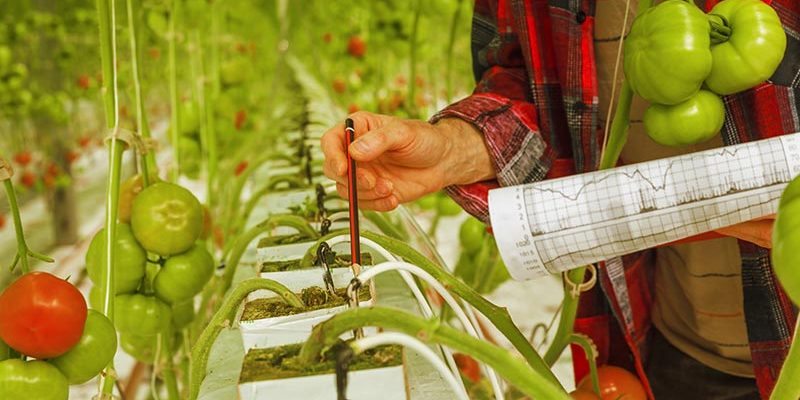
Investing in Controls
Making wise choices seems like the best way to reach our end goals. Knowing which choices are wise today is pretty straightforward, but choosing something that will be wise in the years to come is very difficult. Short-term vs. long-term goals are often different, and charting a course through current and future times is never easy. Same thing can be said when we come to a crossroad, we have a choice to make. Which way takes us toward our goals?
We have been bombarded with new fungicides in new FRAC groups as well as more and more generic fungicides in the ornamental marketplace. How can you tell what to choose between the new products and the generic older chemistry? These products often have the same (or a very similar label) as the trade name products we are familiar with, but they are usually not identical to them. We used to do many trials comparing products with the same active ingredient for their effects. The results have indicated that the trade name products sometimes are formulated with better efficacy than their generic counterparts. For example, I have seen repeatedly that certain fungicides are more effective and safer to the crop in an older wettable powder formulation than a flowable formulation.
The extreme expression of a generic product is the creation of “homemade” fungicides. The desire/ need to beat costs drives some growers to use products from other industries (hydrogen peroxide, baking soda and vinegar). The problem with pursuing this course is that this is first illegal and second often unsafe for the plants. You have to be very careful figuring out the appropriate dilution to avoid phytotoxicity. The companies that sell generic products don’t always bear the costs of product development. If we simply choose to buy the least costly product we will eventually see only older products in generic forms. As the Environmental Protection Agency continues to remove older products from our arsenal the picture is not pretty for pest control products.
We need to ask ourselves, “How much risk are we willing to take? Can we deal with the repercussions? How much of a setback will it create? How much money can we gamble with?”
Not only in our businesses are we faced with making wise choices but in our everyday lives. Take the prescription medications, household cleaners, tires and many other products. We’ve all heard the phrase, “You get what you pay for.” Well, it often applies. As stated above, usually there is some sort of disclaimer involved if we read the fine print or do a little investigating. This is where we have to or should do our homework, and for the most part it is up to us.
How many of us spend the time on figuring out what the differences are? Or do we say, just go with the least expensive alternative? With brand names if you have an issue usually you have some kind of support, that’s not always the case with some products.
For some people, that in itself provides peace of mind. If I use your brand name product and if I have any issues, you have my back. Whereas, with some products you may be on your own. Think about all we do in our daily lives, we always look at cost and value. With knockoff products, we usually see a very short-lived guarantee or warranty compared to brand names. However, the implication is that they are the same.
How many times have you bought a product used it just to find out it didn’t work that well after all? Then you found yourself buying a name brand and having to do the job again.
How much time and money do you have to apply one product just to find out that it doesn’t work out all that well and now you have more issues?
The cost of an unwise choice often extends far into the future. If you rely on a certain product and it fails or damages the crop, the loss is not just the cost of the product. It also is the cost of the bench space that did not yield a salable crop, the cost of the labor and the cost of replacing the crop using better inputs. And, the ultimate cost is sometimes loss of a customer.
Look into new choices carefully before betting on a cheaper alternative that may end up being very costly.
Chase Agricultural Consulting, LLC was formed at the end of 2011 when Ann (A.R.) Chase and Mike Zemke moved to Arizona. Ann has more than 35 years experience in research, diagnostics and practical consulting in plant pathology. She has been retired from the University of Florida – Mid Florida Research and Education Center in Apopka since 1994, but remains on staff as a Professor Emeritus. Mike holds an Associate of Applied Science in manufacturing drafting. Mike started his education in horticulture when he and Ann were married in 1995. He specializes in communications of all sorts within the industry.


 Video Library
Video Library 




















